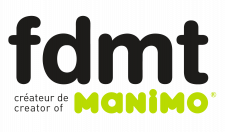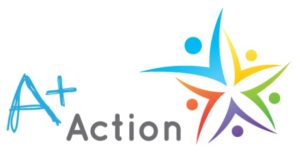As I mentioned in my March column, last October I attended the 1st International Congress of physical activity and sport for children (3-9 years) held in Liege, Belgium. Here is a brief overview of the main research results and global trends in practices to promote physical activity among children and their future accessibility to the sport.
At the conference, one of the focuses was on the challenges of the overall development of the child through educational, recreational and competitive physical activity. All major world leaders are unanimous, regardless of the type of physical activity children engage in, in making sure that it’s fun and develops a desire to continue through an approach tailored to the child’s capabilities. In this regard, several experts emphasized the importance of enhancing the educational intentions underlying physical activity in order to change people’s perception that often limit the seriousness of the subject because of its playful nature.
The long-term development models of the participant/athlete were also the subject of particular attention. Among other things, the risk of early specialization, which I discussed in another column, is a global issue that needs to change. In addition, the internal sports federations’ model of competition must be better adapted. Generally, there are too many games, tournaments or competitions in relation to training. The formula is simple, but often overlooked: basic motor skills and sports initiation is developed a lot during training because all children have the chance to be involved in a less stressful environment than during the games. In short, the individual’s motor learning of motor skills is essential in order to attain a basic level that can be transferred to the context of sports competitions.
To give a concrete example, the Belgian Soccer Federation decided to radically transform its competition model by creating the Festi-Foot concept because of the abandonment of the sport by many young people. Beginners as young as 4-5-6 and even up to 7 years have two workouts per week and are expected to play games on the weekend 2 against 2(Festi-Foot)in a smaller space with or without a goalkeeper. On each playing area, there are three pairs of players for each team. Each pair plays 1 minute then rests for 2 minutes on the side. Coaches/parents tend to manage the time and pairs from each team. This duo concept is revolutionary because it allows all players (low, medium, high) to be involved in the game and have the opportunity to touch the ball in addition to indirectly developing individual motor skills. The emphasis is on fun and touching the ball in a context entirely suitable for this age group (space, number of players, simple rules, intense but limited playing time).
Consequently, the gateway to the long term development of the participant/ athlete is currently based on the innovative approach of physical literacy which I explained fully in my last column. If you’ll recall, it represents all of the fundamental capabilities and values (motivation, confidence, motor skills, knowledge and responsibilities) we should have as human beings so that we engage in a physically active lifestyle. The concept of the Festi –Foot, which I’ve just presented, is based on some basic criteria of physical literacy.
To complete this article, here is a summary of the conference’s main scientific conclusions:
The environment, training and participant profile influence the quality of the physical activity offered;
Children’s motor skills decline as they age.
Active class breaks have benefits at all levels.
Outdoor physical activity provides more benefits.
Parents are not really aware of the motor needs of their children.
We need to increase awareness (newspaper, radio, television, conferences) of parents and training of participants.
Television is the worst problem for limiting physical activity.
The media in early childhood, school and community is the cornerstone to introduce children to physical activity.
Private centers must continue their development.
We need more political decisions to change physical activity.
Joël Beaulieu, Ph. D. (c), Motor consultant, A+ Action-www.aplusaction.com



Leave A Comment